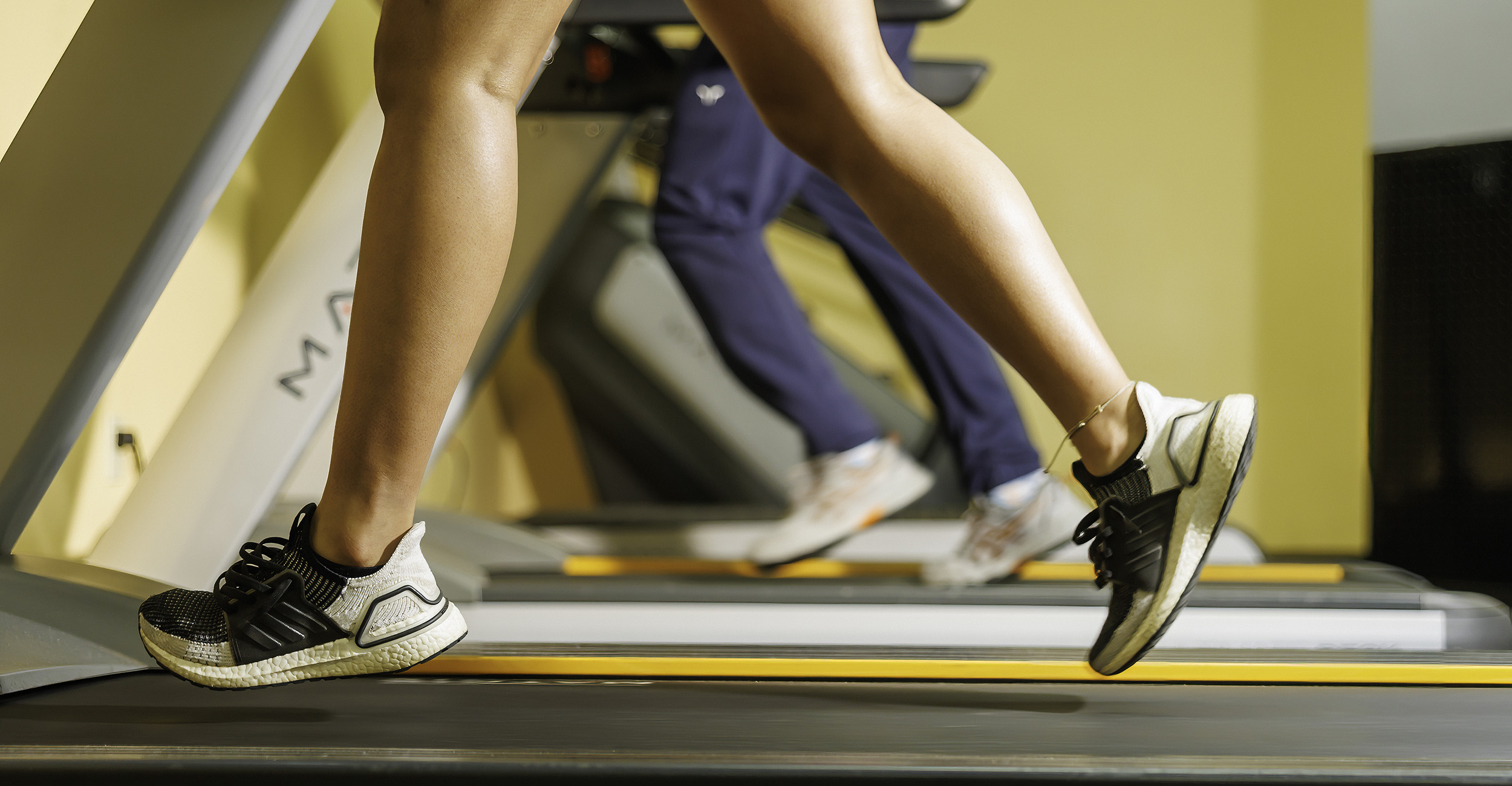
Less sugar, more exercise can reduce the risks of type 2 diabetes
Wednesday, October 30, 2024
Media Contact: Trisha Gedon | Sr. Communications Specialist | 405-744-3625 | trisha.gedon@okstate.edu
Type 2 diabetes is a dangerous disease that can lead to a myriad of serious health problems if not well-managed. Some modifiable risk factors, however, can be changed to help reduce the risk of developing the disease.
Lauren Amaya, Oklahoma State University Extension diabetes specialist, said the two greatest modifiable risk factors for type 2 diabetes are too much fat around the abdomen and the lack of physical activity. If left untreated, elevated blood glucose levels can contribute to the risk of other chronic diseases such as heart disease, hypertension and obesity.
“These two risk factors contribute to insulin resistance, which occurs when the body’s cells stop responding to insulin the way they should,” she said. “Insulin is the hormone that helps move sugar from the blood into cells for energy.”
Consuming too much glucose leads to central adiposity, which is belly fat. Excess fat in the mid-section can result in insulin resistance, which means the body’s cells don’t respond to insulin properly and blood sugar remains high.
Amaya said when cells resist insulin, the body reacts by making more insulin in an attempt to lower blood sugar.
“What happens over time is the pancreas can’t keep up and the blood glucose level keeps rising, which can lead to type 2 diabetes,” she said. “Some signs of type 2 diabetes include blurry vision, slow-healing wounds, frequent urination, constant thirst and poor circulation. Unfortunately, some people live with type 2 diabetes without realizing they have it.”
Amaya said in addition to not following a high-fiber, well-balanced diet, lack of physical activity plays a significant role in developing insulin resistance.
“Muscles use glucose for energy, especially when exercising. When people don’t exercise, there’s less glucose uptake in muscle cells, which leads to higher blood glucose levels,” she said. “Less physical activity also means more fat storage and ectopic fat. Ectopic fat is the fat that builds up in places where it shouldn’t normally be stored, including in the muscles, heart, liver and pancreas.”
Lack of physical activity also leads to inflammation and loss of muscle mass. Increasing physical activity can help counteract these negative impacts. When developing a plan for physical activity, aim for moderate-intensity aerobic exercise for 30 minutes five times per week or vigorous-intensity activities for 25 minutes four times per week. Also, incorporate muscle-strengthening and flexibility/balance activities.
Amaya said regular physical activity helps the body’s naturally produced insulin work better, reduces belly fat, lowers the risk of chronic diseases, improves mood and mental health, and increases muscle mass and strength, all of which help a person live a healthier life.
“There are some factors in our health that we don’t have any control over; however, lowering body fat and living an active lifestyle are within our control,” she said. “Making some dietary changes and being more active can make a big difference in a person’s quality of life.”
